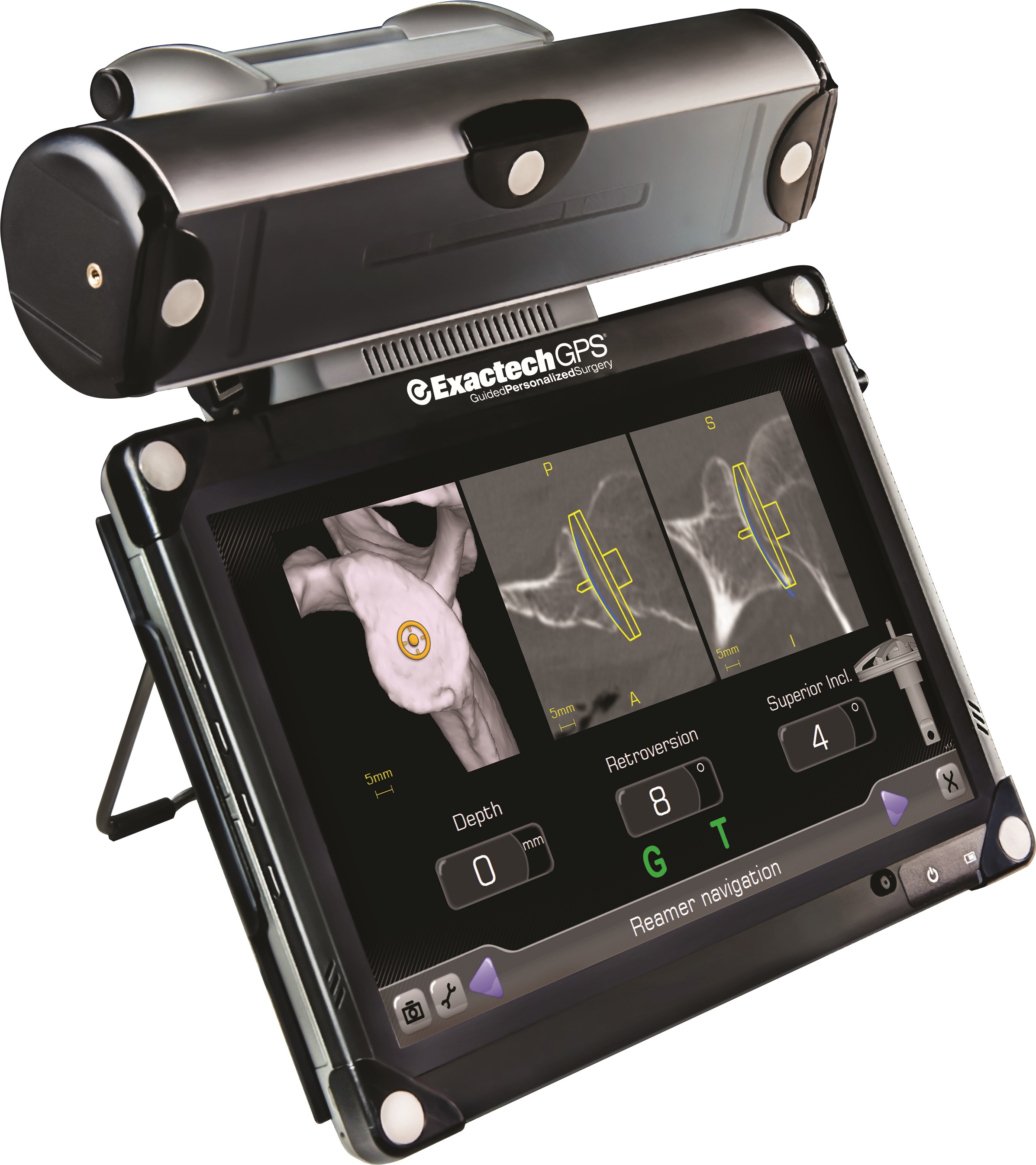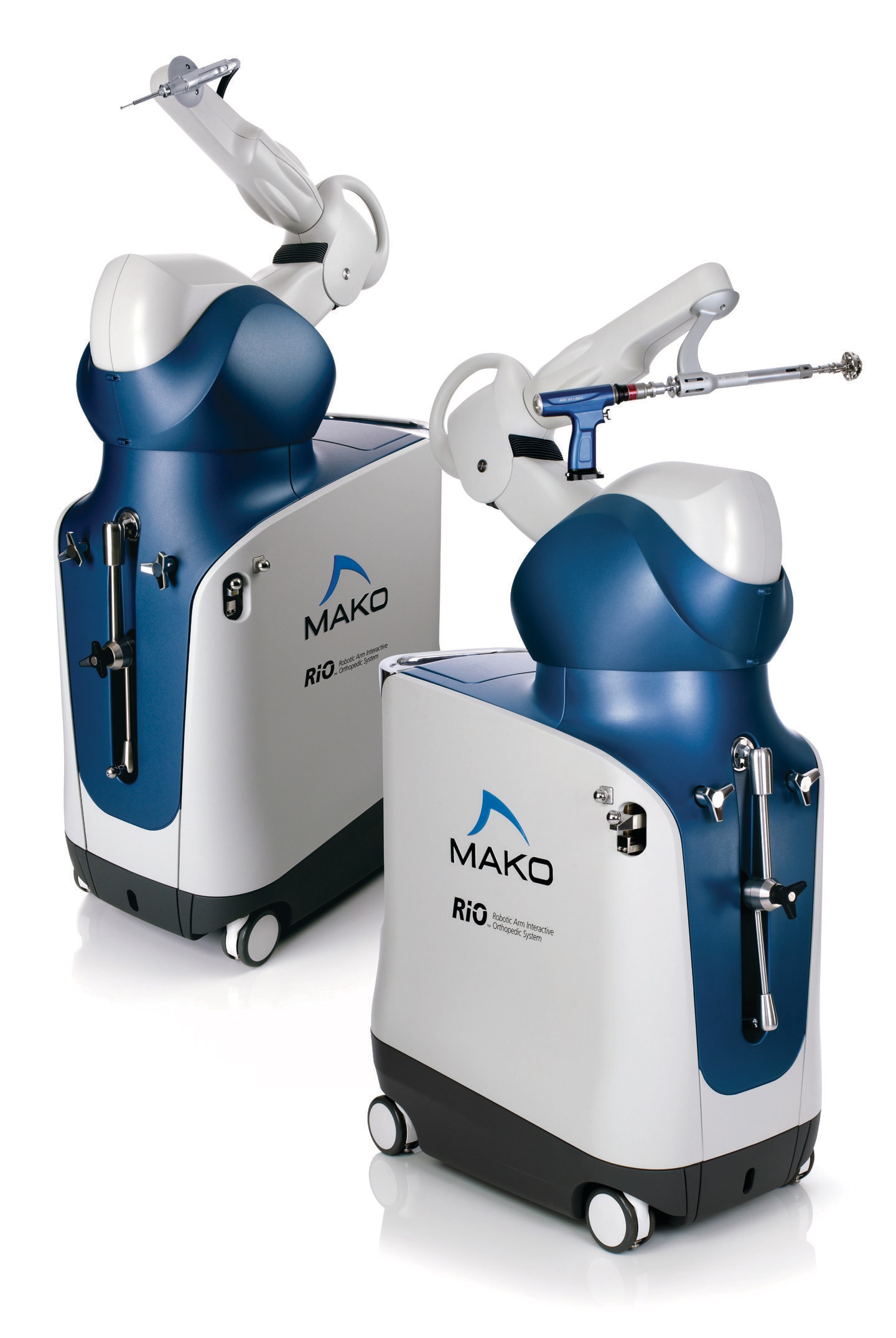
Active Again After Joint Replacement Surgery
Alex Ratnofsky, 73, of Darnestown has been active his whole life. “I thrive on exercise and being outdoors. I’ve gone on major hikes both here in the U.S. and internationally. I joined a CrossFit box in 2015 and I’ve been a distance runner for years,” he said. But in 2018, Alex started noticing pain in his shoulders during everyday activities.
“I noticed it was becoming painful to reach for something on a top shelf, or even to get dressed in the morning,” he said. He tried physical therapy and changing his exercise routine, but eventually the pain became too much.
He was referred to Craig Miller, MD, an orthopedic surgeon who practices at Adventist HealthCare Shady Grove Medical Center.
“I always tell patients that when their pain is beginning to interfere with their daily activities, there is no reason to wait anymore. It was clear that Mr. Ratnofsky was in a lot of pain when he came to see me,” Dr. Miller said.
After X-rays and a CT scan of Alex’s shoulders, Dr. Miller could see severe arthritis and bone deformity. He determined Alex would need surgery to replace both shoulders.
Dr. Miller told Alex his recovery could take six months to a year per shoulder. Having been so active, Alex was reluctant to take up to two years off. But when his pain intensified and his range of motion in both arms decreased, it was time.
In August 2020, Alex had his first of the two shoulder replacement surgeries at Shady Grove.
HIGH-TECH NAVIGATION
Dr. Miller used ExactechGPS®, a technology that allows for more precise surgical planning for joint placements. Dr. Miller planned Alex’s surgery using a 3D model of his shoulder. The technology also allowed Dr. Miller to use trackers, both in Alex’s body and on a computer, to help guide him through the procedure.
“The advantage of this system is that it allows us surgeons to see in real time and adjust our instruments as necessary to have the best outcome for the patients,” Dr. Miller said.
THE ROAD TO RECOVERY
Immediately following Alex’s surgery, David Acop, a physical therapist with Adventist HealthCare Home Health, visited twice a week to ensure Alex was exercising and to evaluate his home for safety.
About 12 weeks after his surgery, Alex got the all-clear from Dr. Miller to resume his normal activities. He got married to his wife, Judy, and returned to light weightlifting and other regular activities.
“If I don’t exercise each day, I feel like I’m missing something,” Alex said. “I’m addicted to it. So I was very excited to get back to it.”
About 4½ months after his first surgery, in January 2021, Dr. Miller replaced Alex’s right shoulder. He followed the same post-surgery routines from his first surgery, slowly building back his strength and range of motion. He still has some limitations, but he’s optimistic about his future.
“I can brush my hair and get dressed with no pain,” he said. “I know I still have a little ways to go, but I’m working on it. I’ll get there.”
CERTIFIED EXPERTS HELPED WITH CARE
Alex benefited throughout his shoulder replacement process from a team of orthopedic specialists in Shady Grove’s Total Joint Center of Excellence. In January 2021, Shady Grove became the first hospital in our area to earn certification for shoulder replacement surgery from The Joint Commission, a national recognition of their commitment to quality and safety.
“Dr. Miller and the hospital staff at Shady Grove Medical Center were fabulous,” Alex said. “And now, the ability to live pain-free is a no-brainer. Life is good.”
Advanced Surgery Options
Orthopedic surgery patients at Adventist HealthCare Shady Grove Medical Center benefit from the latest robot-assisted joint replacement technology. The hospital’s surgeons were among the first to use these devices in the D.C. region. Here’s a look at these high-tech surgical systems:
 ExactechGPS®
ExactechGPS®
What It Does: The ExactechGPS® computer system helps surgeons plan for shoulder replacement using virtual simulation. The tool creates a 3-D model that gives surgeons greater visibility of the intricate shoulder anatomy, allowing for more consistent and accurate implant placement.
Surgeons Say: “The advantage of the computer is that it allows us to see in real time and adjust as necessary to the position of the instruments we’re using to have the most accurate and safest outcomes for the patients. It protects things behind the bone, like nerves and vessels.”
— Craig Miller, MD
MAKOPlasty®
What It Does: MAKOPlasty® is computer-guided alignment used in total joint replacement surgery. It provides precise measurements for partial knee, total knee and total hip replacements. It allows for less invasive surgery compared to standard joint replacement.
Surgeons Say: “After working with MAKO at Shady Grove for over six years, I can say the results for our patients are excellent. Clinical studies also show it. Patients report less pain, better range of motion and higher satisfaction than with traditional joint replacement.”
— Mark Peterson, MD
 ROSA® Knee System
ROSA® Knee System
What It Does: ROSA® helps surgeons perform partial and total joint replacement more precisely using a minimally invasive technique. Surgeons can create a 3-D model of a patient’s knee anatomy from a series of X-rays for greater detail when planning surgery. During knee replacements, cameras and optical trackers attached to the leg help surgeons account for even the slightest movements for more accurate positioning of joints.
Surgeons Say: “ROSA allows me to correct complex deformities while still maintaining a minimally invasive technique and reproducible accuracy of implant alignment and fit. In the short term, patients can get up and moving faster, which allows for an outpatient surgery with less pain and quicker recovery of function. In the long term, the joint replacement can last longer because the robotic assistance allows much more accurate compost placement, customized implant fit and better joint kinematics.”
— Sridhar Durbhakula, MD